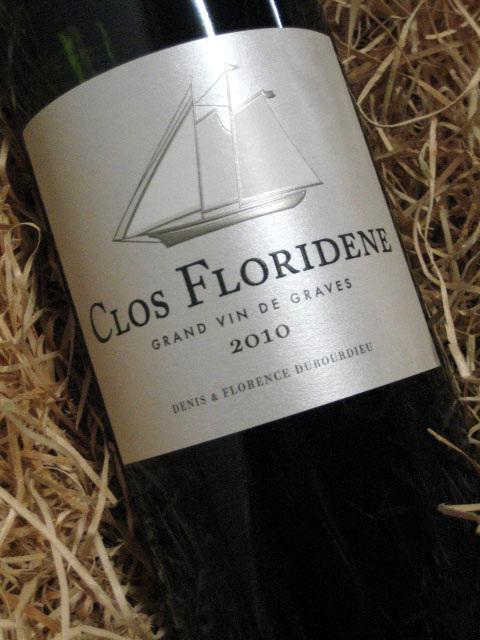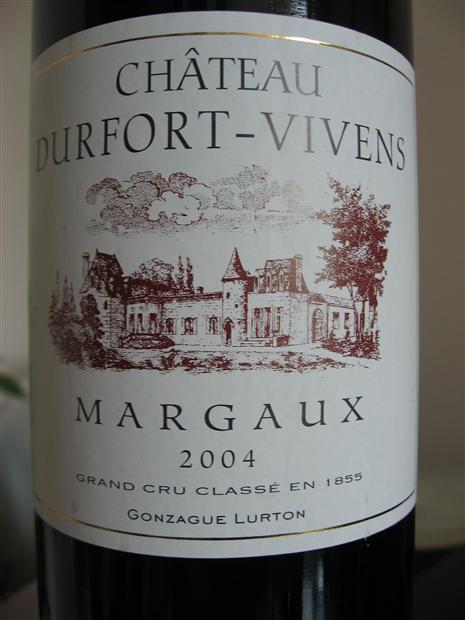Haut-Médoc appellation
=================
Château Beaumont (50% Cabernet Sauvignon, 47% Merlot, and 3% Petit Verdot)
N: Deep and sweet, if a little simple. A slightly dusty, biscuity element.
P: Soft and round. Moreish. Good medium-soft tannin, but there is nevertheless marked acidity. This is the sort of wine probably best enjoyed young and fruity.
Château Belgrave (69% Cabernet Sauvignon, 28% Merlot, and 3% Petit Verdot)
N: Wildberry aromas with a touch of grenness. Inky and funky.
P: Fresh and easy-to-drink. Up-front. Will also go well with food because of good grip.
Château Camensac (50% Cabernet Sauvignon and 50% Merlot)
N: Complex and slightly waxy. Mostly closed, but relatively promising.
P: Very soft and luscious on entry. Melts in the mouth. A really attractive early-drinking wine (5 years). Nippy with a nice little aftertaste. A bargain for people who drink wine rather than labels. This estate is coming up in the world.
Château Cantemerle (52% Cabernet Sauvignon, 39% Merlot, 5% Cabernet Franc, and 4% Petit Verdot)
N: Odd. Berry fruit there but also some unusual meaty aromas.
P: Brambly and better on the palate. Easy-going but fairly short. Best enjoyed young.
Château Chasse Spleen (50% Cabernet Sauvignon, 42% Merlot, and 3% Petit Verdot)
This was one of two wines from Moulis I tasted and, as the Union des Grands Crus did at Château Cantemerle, I have included it along with wines from the Haut-Médoc appellation.
N: Not very expressive at this point. Some cosmetic aromas.
P: Smooth, almost oily then goes straight into a tannic finish. Not the greatest balance but can, of course, improve over time.
Château La Lagune (% Cabernet Sauvignon, 13% Merlot, and 3% Petit Verdot)
N: Well-defined with good focus. Deep and ethereal. Pure cassis and candied black fruit along with raisins, red fruit, and understated roast coffee aromas
P: Broad-based and fairly long. Definitely Margaux-like. Medium weight with lovely fine-grained tannin. Good young or old. Oak in check. This is La Lagune’s first certifiably organic vintage, and a very successful one it is too.
Château Poujeaux (60% Cabernet Sauvignon, 35% Merlot, and 5% Petit Verdot)
This was one of two wines from Moulis I tasted and, as the Union des Grands Crus did at Château Cantemerle, I have included it along with wines from the Haut-Médoc appellation.
N: Subdued, but deep, with attractive cranberry aromas. Promising.
P: Lovely soft Médoc. Very well-made with high-quality tannin. The aftertaste spreads out beautifully. A wine for connoisseurs – and the budget-conscious.
Château La Tour Carnet (60% Merlot, 30% Cabernet Sauvignon, and 10% Petit Verdot)
N: Very New World with strong oaky aromas.
P: Chunky and mouth-filling. Hot and oaky. If this sample is anything to go by, not a success in 2016.
Margaux appellation
==============
Brane Cantenac (70% Cabernet Sauvignon, 27% Merlot, 2% Cabernet Franc, and 1% Carménère)
N: Fruity and oaky. Seems a little hollow at this juncture, but then comes out of its shell.
P: The Margaux magic operates with silky tannin and refreshing 2016 acidity. Not full-bodied, but well-balanced. Very good lingering aftertaste. The fruit and acidity mark the palate more than the tannin.
Cantenac Brown (68% Cabernet Sauvignon and 32% Merlot)
N: Non-descript (read: closed) at this stage, but there are ethereal kirsch aromas.
P: Surprisingly soft, then vivacious and refreshing. Worthwhile and interesting. Traditional-style Médoc with classic acidity.
Dauzac (71% Cabernet Sauvignon and 29% Merlot)
N: Broad, meaty, and jammy, with definite roast coffee and cherry lozenge notes. Fresh with good berry fruit and varietal Cabernet aromas.
P: Starts out rather chunky, then goes on to reveal good acidity. Tea flavors and a penetrating aftertaste of blackcurrant. A Margaux with attitude and a good Dauzac.
Desmirail (55% Merlot, 40% Cabernet Sauvignon, and 5% Petit Verdot)
N: Very toasty and roast coffee aromas at this stage. The fruit is hiding, waiting to come out.
P: Mercifully not too oaky on the palate and there’s good fruit there too, but care should be taken with the rest of barrel ageing. Good intensity and excellent grip. Made to last.
Ferrière (63% Cabernet Sauvignon, 33% Merlot, 3% Petit Verdot, and 1 % Cabernet Franc)
N: Soft and withdrawn. Sweet, and interesting with nuances of herbes de Provence,. Oak is toned down.
P: Svelte, velvety attack, then develops well on the palate with good acidity and fruit. Nicely-textured tannin. Classic and good with a touch of mintiness. Delicate structure and somewhat on the thin side, converging into a sharp finish.
Giscours (81% Cabernet Sauvignon and 19% Merlot)
N: Bit tanky but, looking behind this, there is a medium-deep bouquet of good berry fruit, some herbaceousness, and coffee-vanilla aromas.
P: Big, soft, and chunky on the palate, with fresh acidity. Blackcurrant flavors and a balance reminiscent of Saint Julien, although it finishes with the lean elegance of Margaux.
Kirwan (55% Cabernet Sauvignon, 33% Merlot, 8% Petit Verdot, and 4% Cabernet Franc)
N: Something a bit off here, with bretty, musky aromas.
P: Deep, foursquare, solid, and angular. Taut, persistent aftertaste and a dry finish. This wine is not showing well at the present time. Needs to be tasted at a later date
Lascombes (50% Cabernet Sauvignon, 47% Merlot, and 3% Petit Verdot)
N: Inky, berry, and mucilage aromas with graphite overtones.
P: Round, medium-heavy mouth feel. Dips on the middle palate, going on to show some harsh oak. Touch medicinal. Too much oak. Needs to age more to be correctly evaluated.
Malescot Saint-Exupéry (55% Cabernet Sauvignon, 37% Merlot, 6% Cabernet Franc, and 2% Petit Verdot)
N: Fresh and pure, but bit simplistic at this time. Nevertheless deep and promising.
P: Lovely resonance and great follow-through. Vibrant and delicious. Not big, but balanced. Bright Cabernet fruit. Fine textured aftertaste. A definite success in 2016.
Margaux: please refer to the previous separate post.
Marquis de Terme (60% Cabernet Sauvignon, 35% Merlot, and 5% Petit Verdot)
N: Fine, complex, understated bouquet showing primary fruit with plenty of blackcurrant as well as more unusual spicy aromas (cinnamon).
P: Sophisticated attack, then shows good fruit, but is a bit hard and oaky. Care should be taken during the rest of ageing that this does not get the upper hand. A class act.
Palmer (47% Cabernet Sauvignon, 47% Merlot, and 6% Petit Verdot)
N: Sweet, but rather one-dimensional at this stage. Some briary and jammy notes. Not the ideal time for the bouquet to be evaluated.
G: Much more expressive on the palate. Big, round, full, and chewy, but the bracing freshness avoids any possible confusion with wines from the New World. Tight, concentrated, and gummy on the finish, which is also a bit dry. Good acidity to the point where you feel it on your teeth. Needs to be tamed by barrela ageing and, of course, years in bottle.
Prieuré-Lichine (69% Cabernet Sauvignon, 26% Merlot, and 5% Cabernet Franc)
N: Fragrant, subtly cosmetic nose with hints of subtle berry fruit and oak that is under control.
P: Sprightly. Good and rich, but with marked acidity. Tremendously fresh. Very typical of its appellation. Round and firm, then that fresh acidity chimes in. Good structure and balance. An estate to watch.
Rauzan-Gassies (78% Cabernet Sauvignon and Cabernet Sauvignon and 22% Merlot)
N: Fresh and fruity, almost as though there were no oak influence at all. Subtle with some chocolate nuances.
P: Starts off soft, seems as though it will be simple, and then bursts with fruit and personality. Rich and satisfying. Medium-heavy mouth feel. Long textured aftertaste. Restores my faith in this chronically underperforming wine, and is the best I’ve ever had from the estate.
Rauzan-Ségla (68% Cabernet Sauvignon, 30% Merlot, and 2% Cabernet Franc)
N: Decidedly herbaceous, but there is also bright Cabernet fruit too, along with some violet aromas. Soft and nice, but lacks oomph. Aeration, however, could change that markedly.
P: Elegant. Starts out rather full-bodied then shows good acidity, finely-textured tannin, and tea-like nuances. Rather old-fashioned in style (not a criticism). Classic and restrained, with blackcurrant fruit not far under the surface… Slightly dry, but that can easily change.
du Tertre (75% Cabernet Sauvignon, 10% Merlot, 10% Cabernet Franc, and 5% Petit Verdot)
N: Roast coffee, dark fruit, and a not unpleasant greenness.
P: Fruity, smooth, and medium-light in body. Candied black fruit flavors. Will be drinkable and enjoyable young.
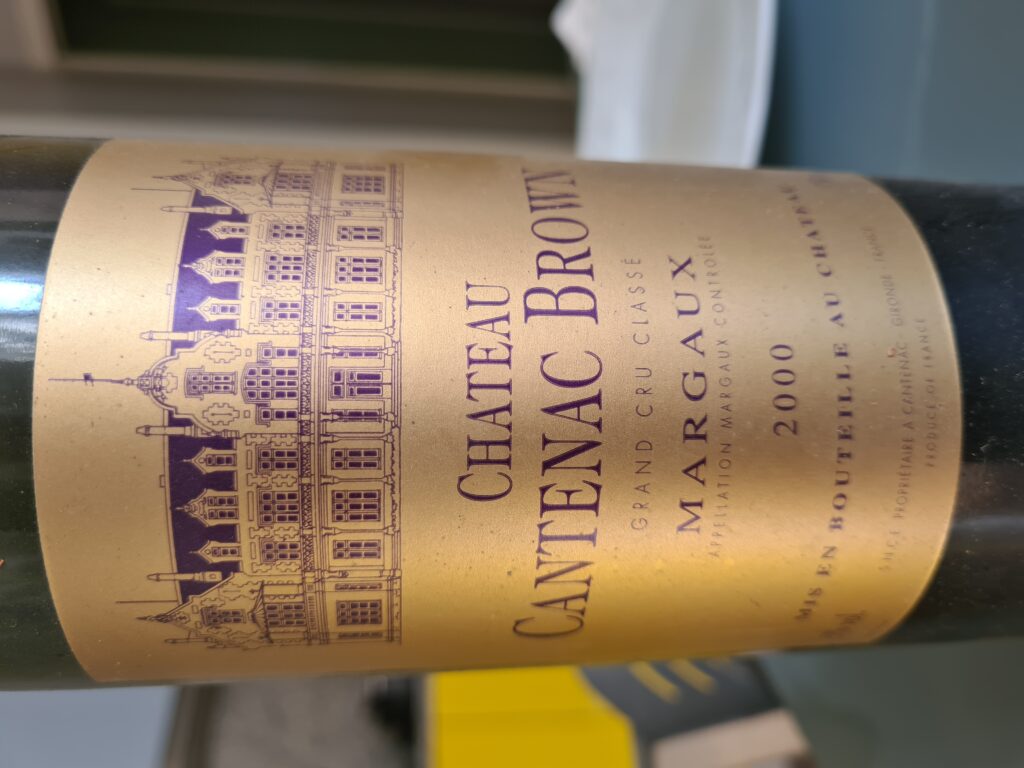

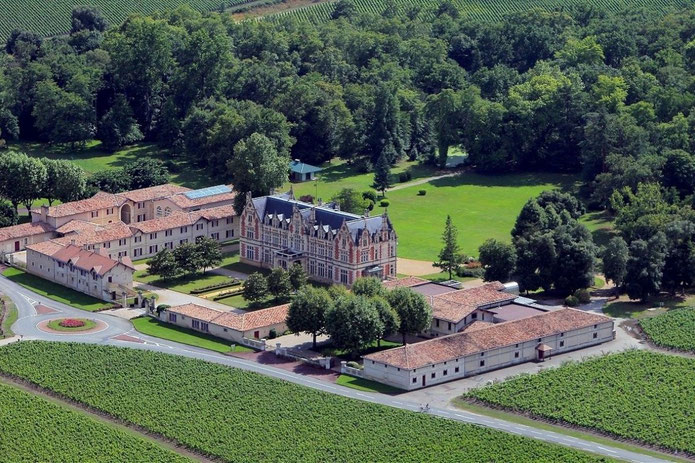
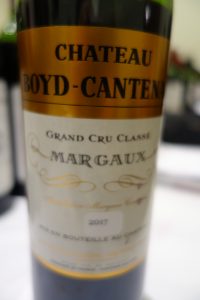
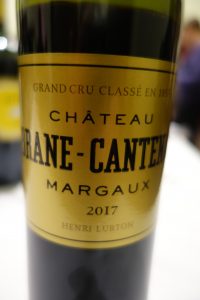
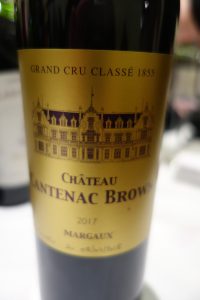
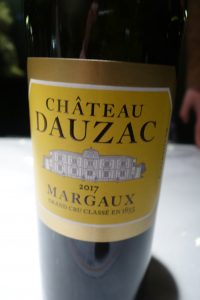
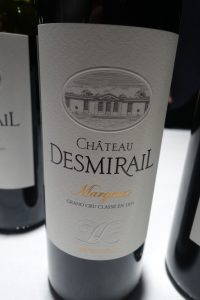
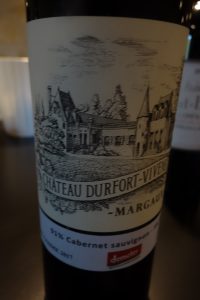
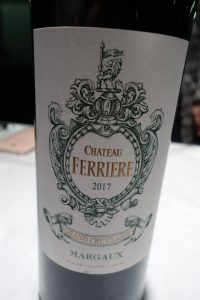
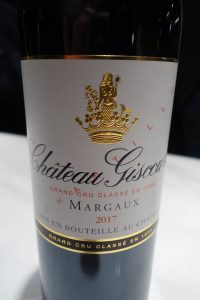
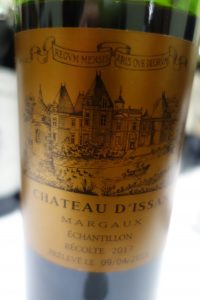
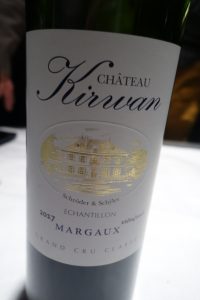
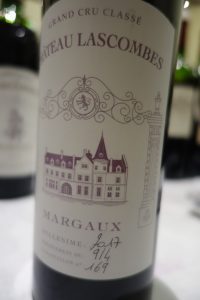
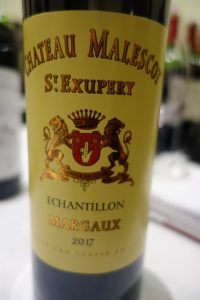
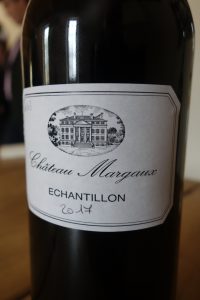
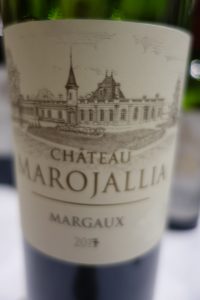
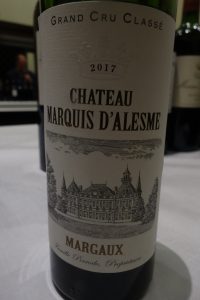
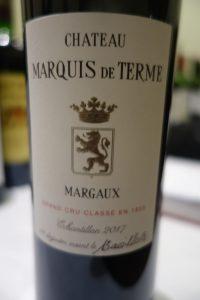
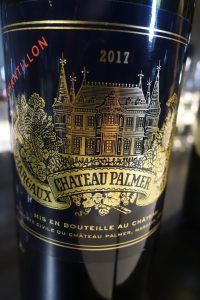
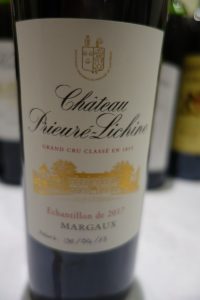
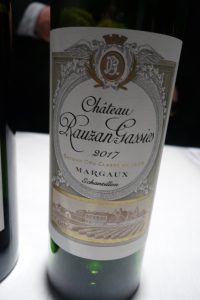
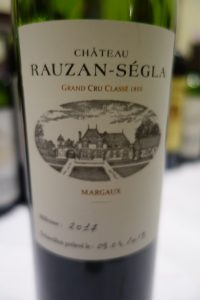
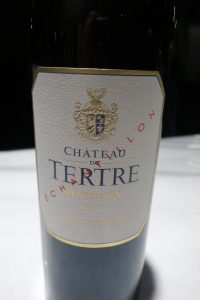
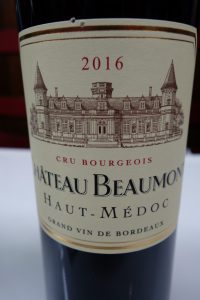
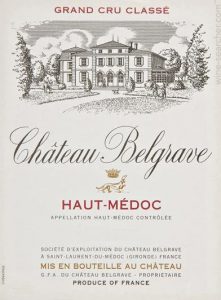
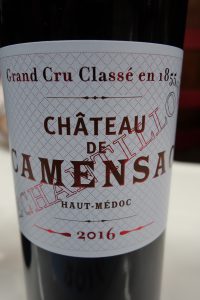
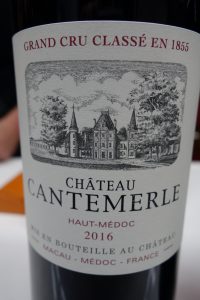
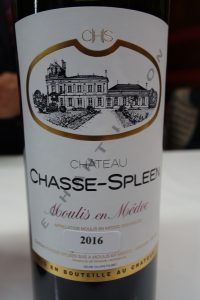
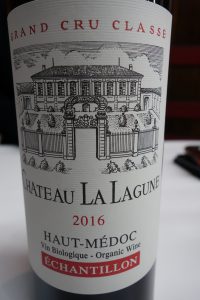
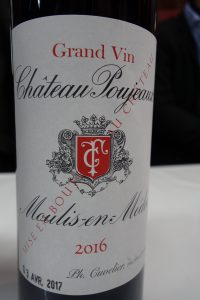
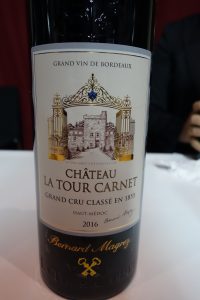
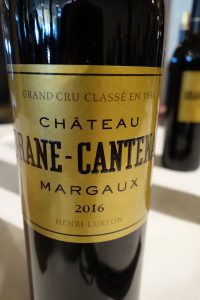
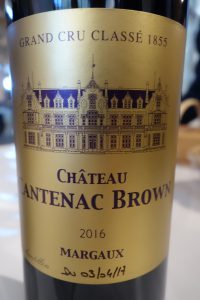
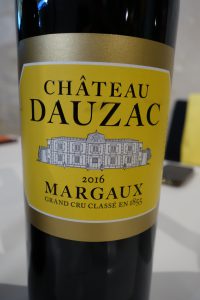
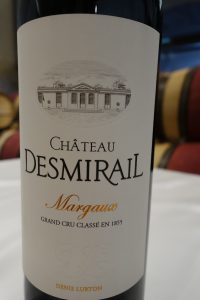
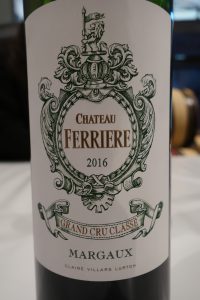
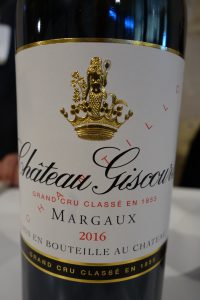
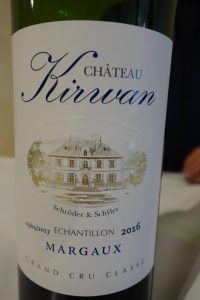
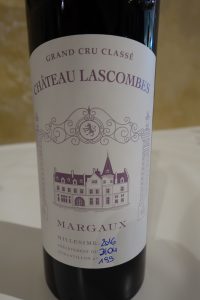
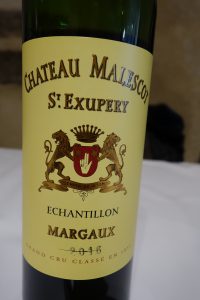
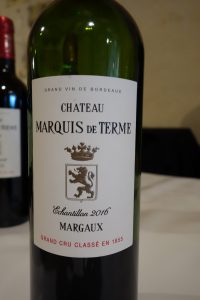
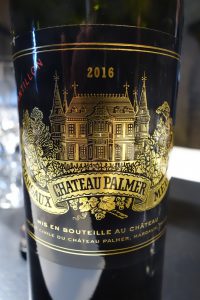
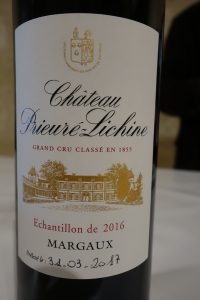
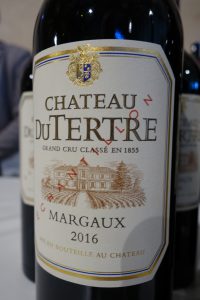
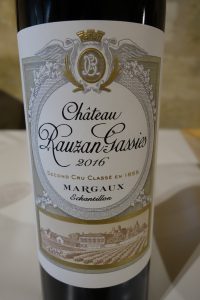
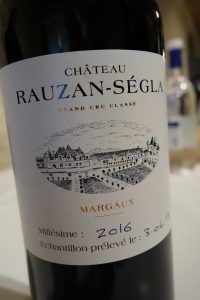
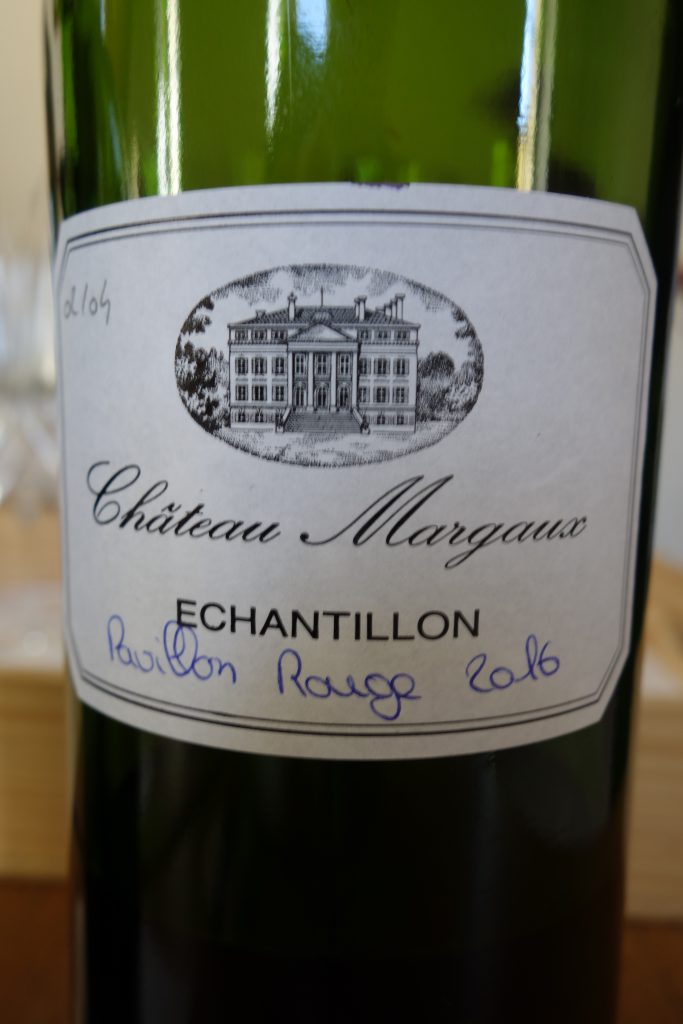
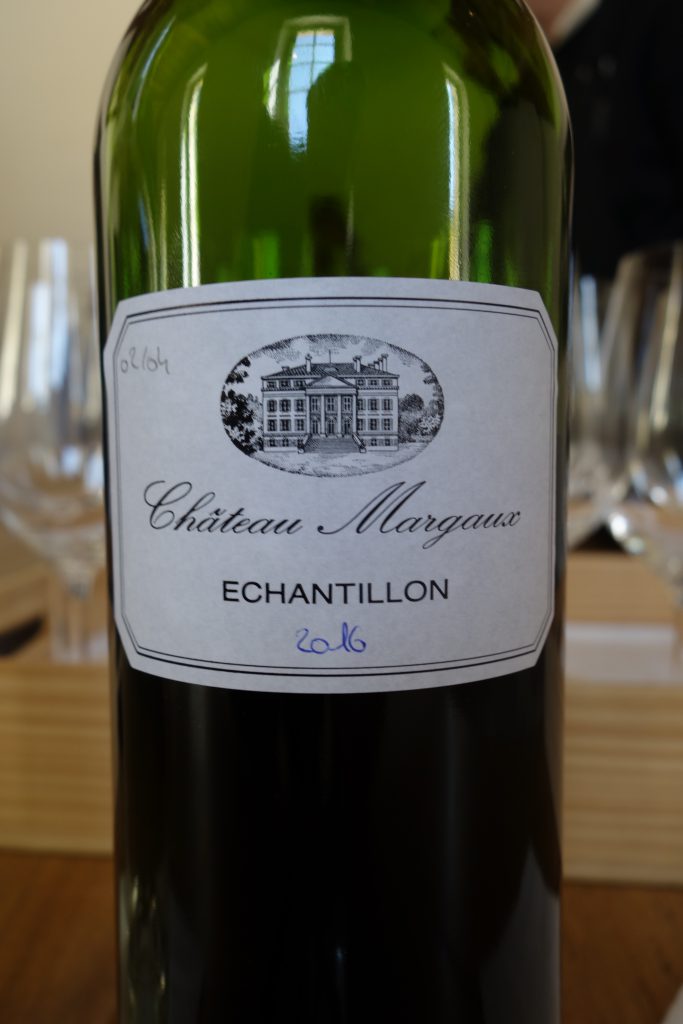
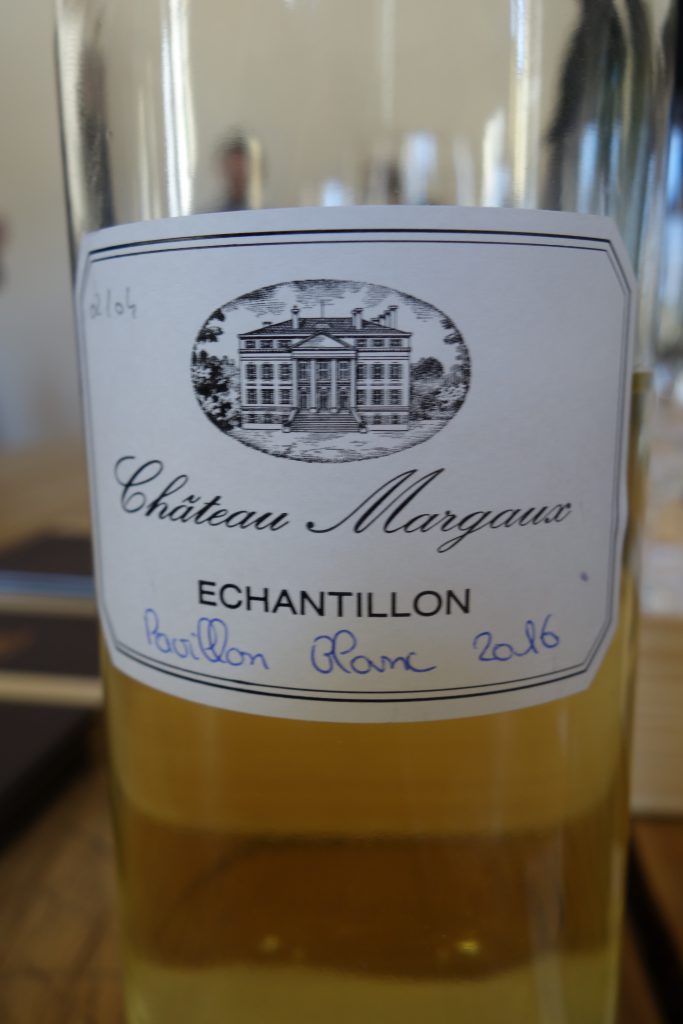
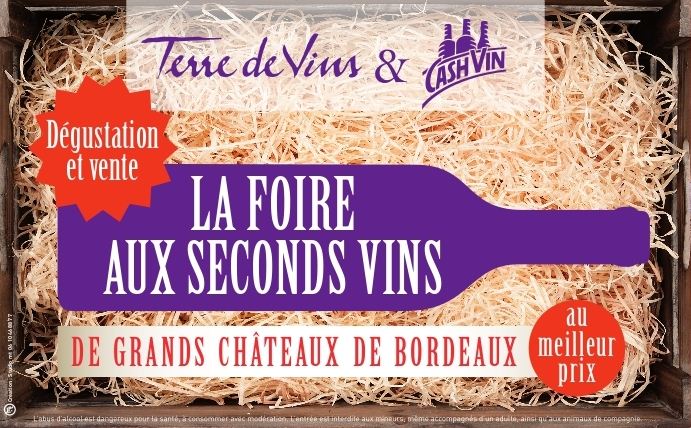
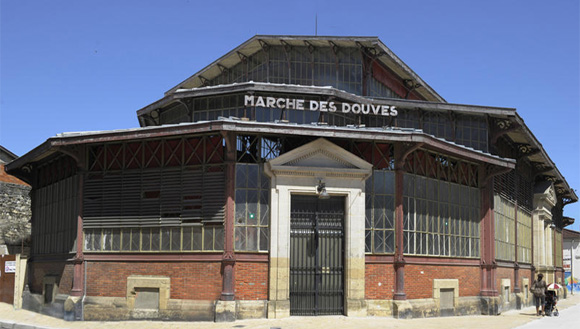
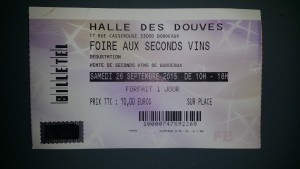
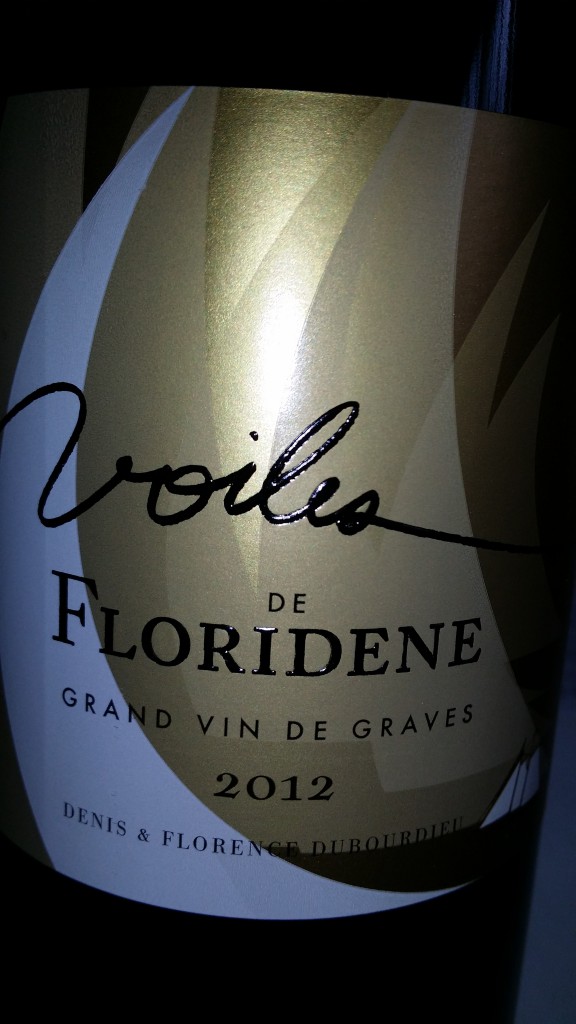
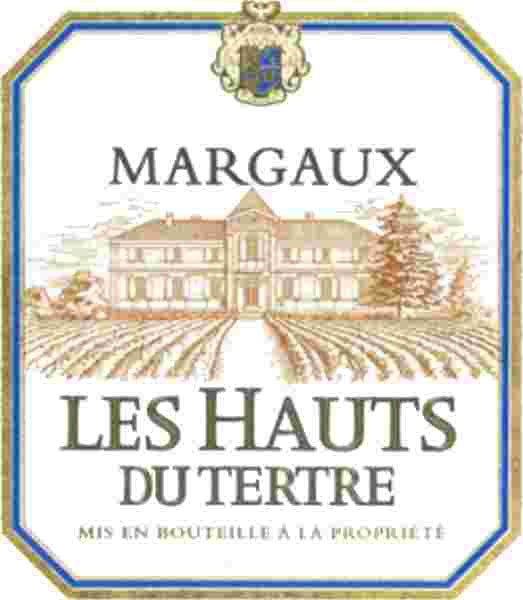
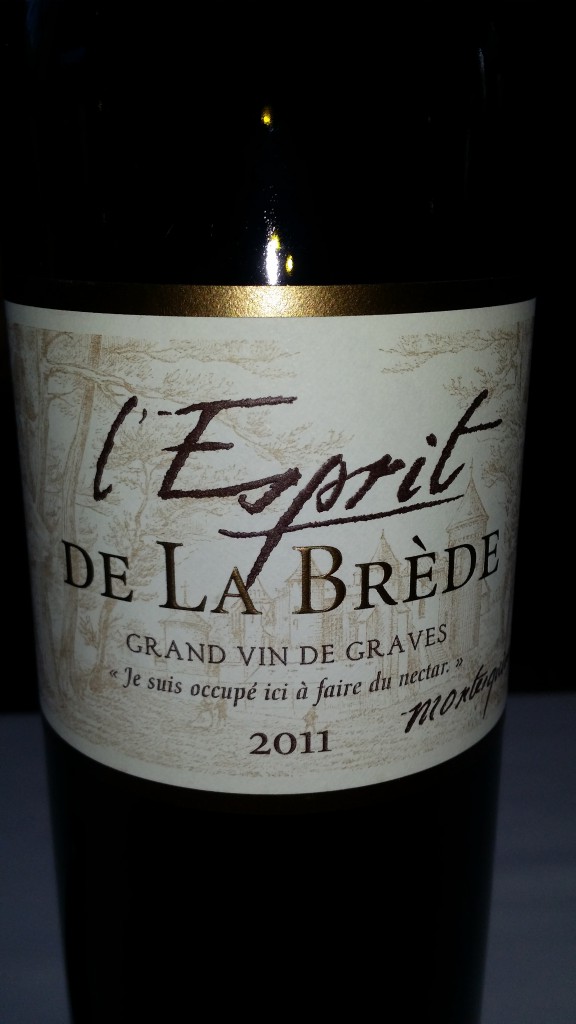
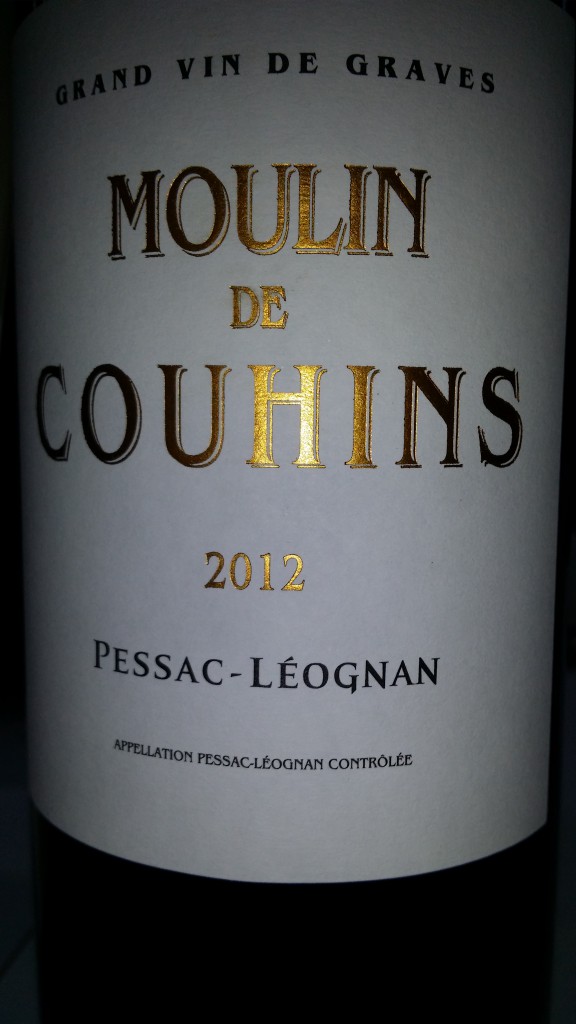
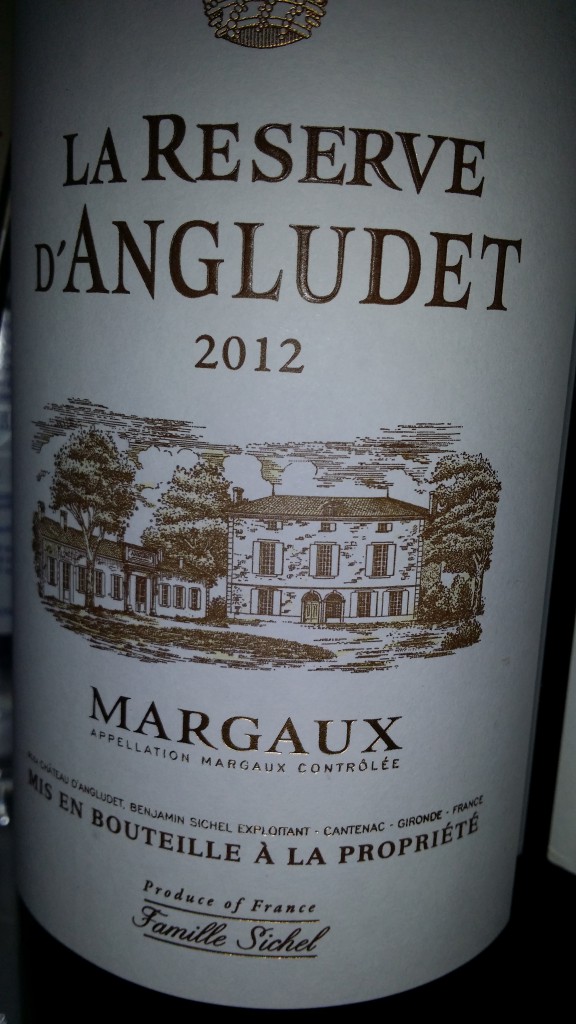
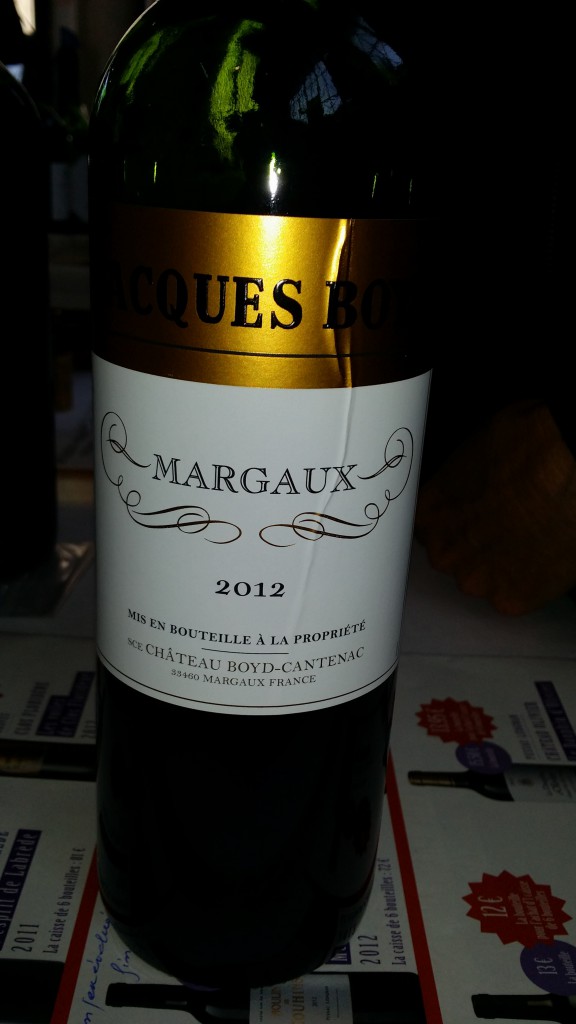
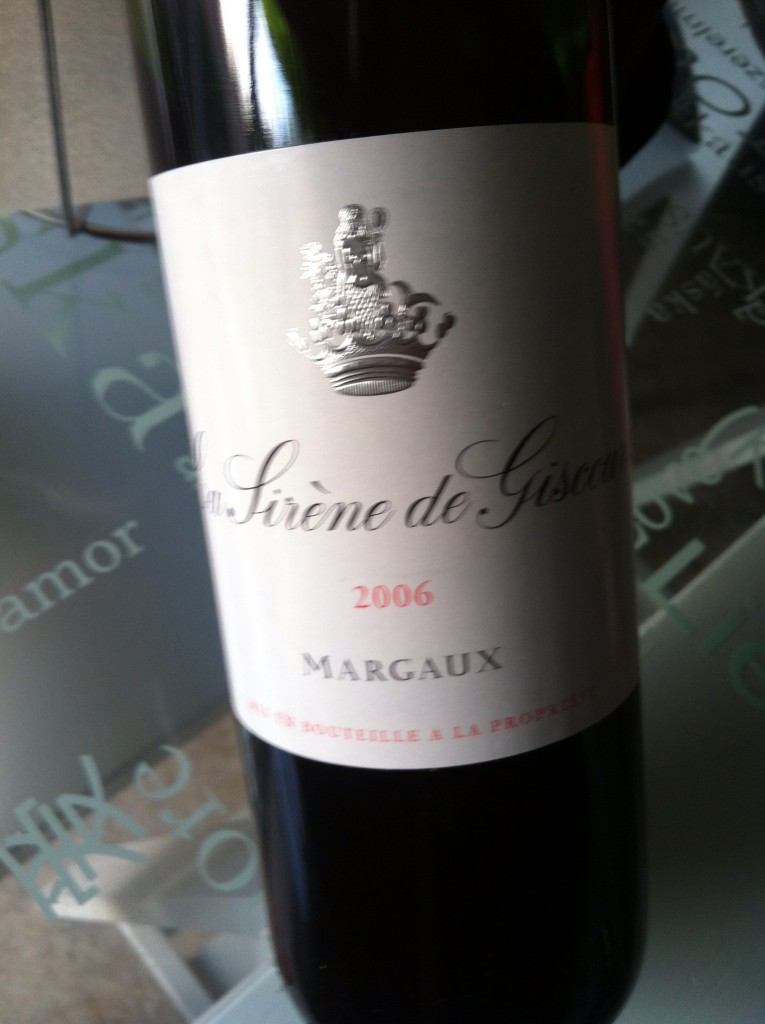
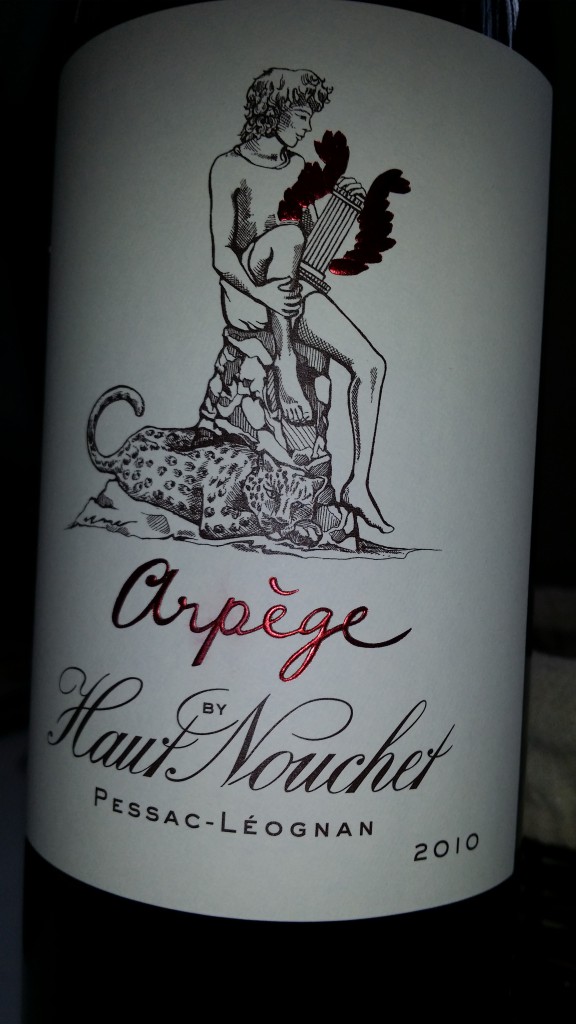
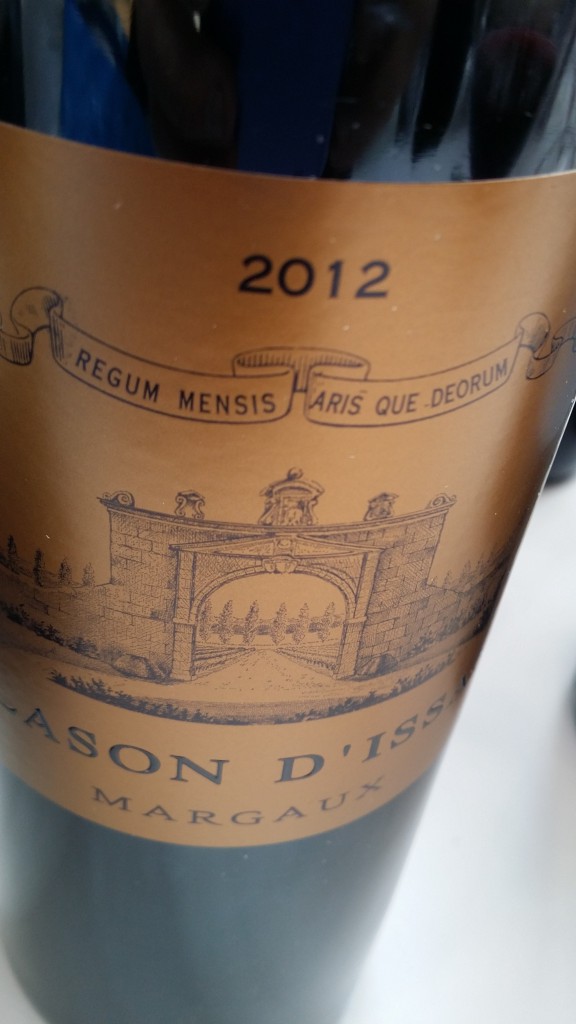
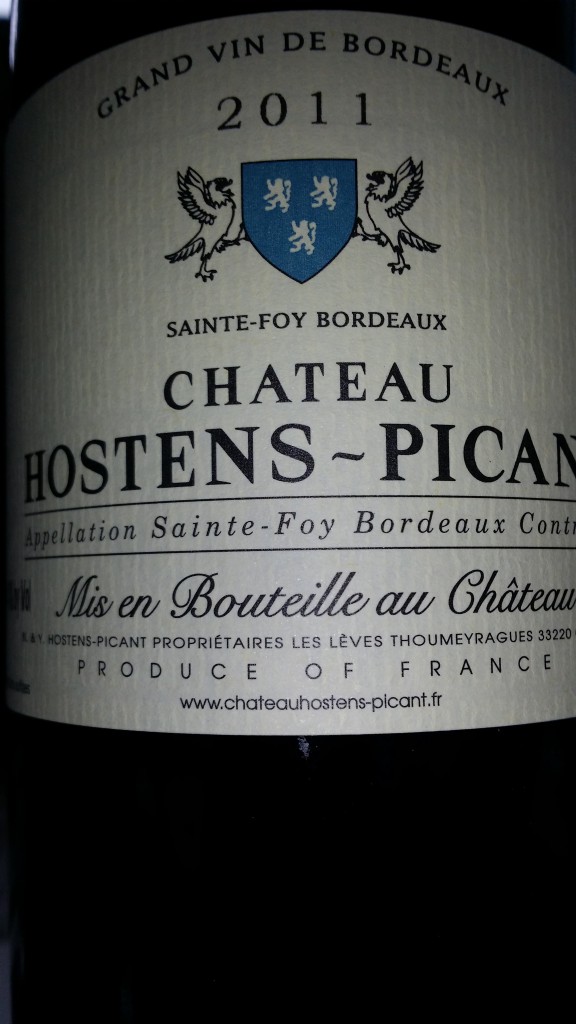
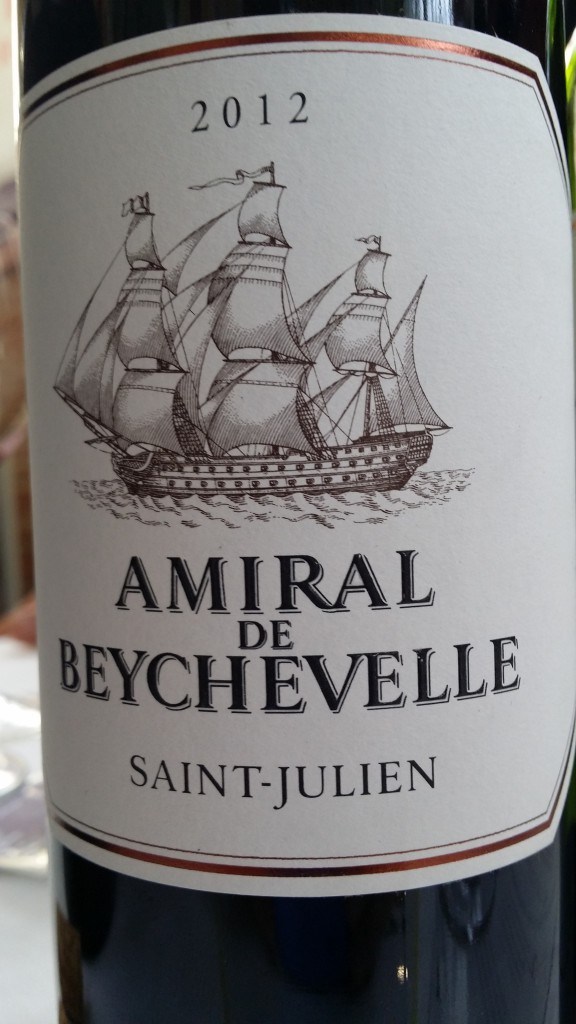
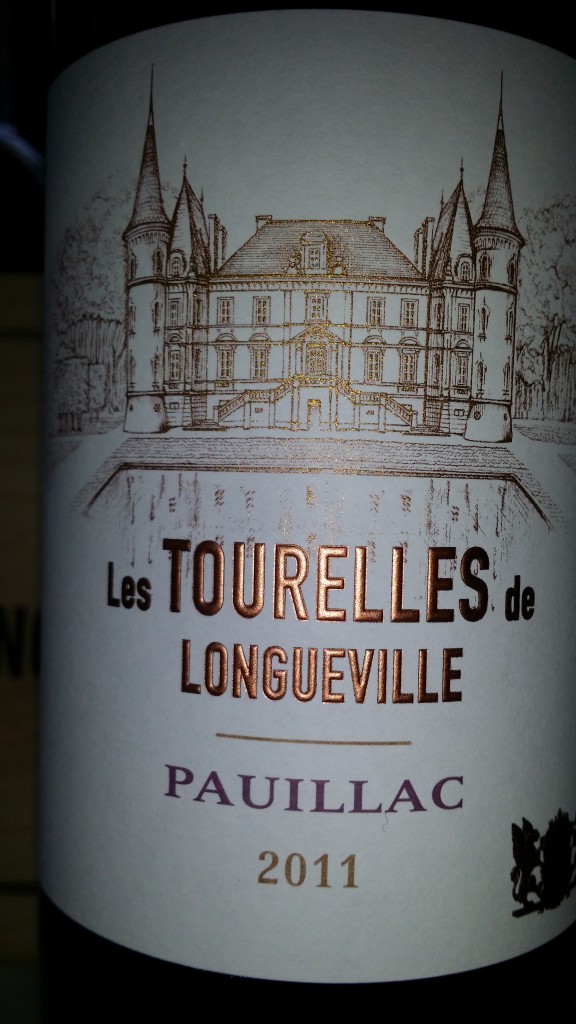
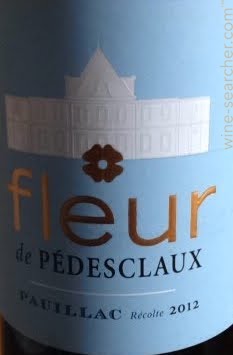
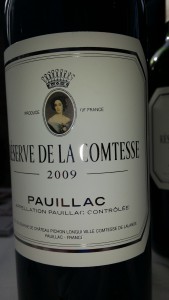
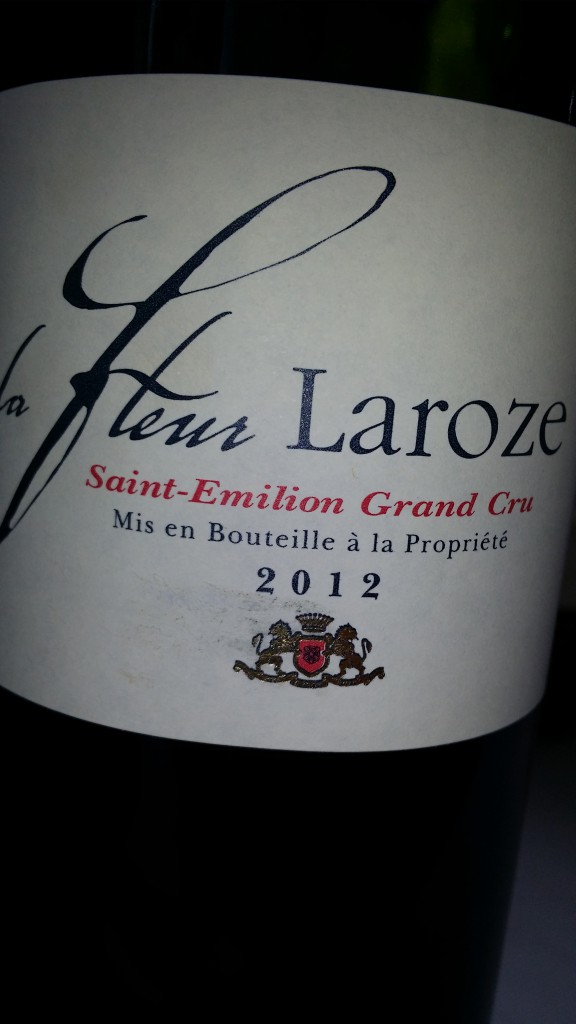
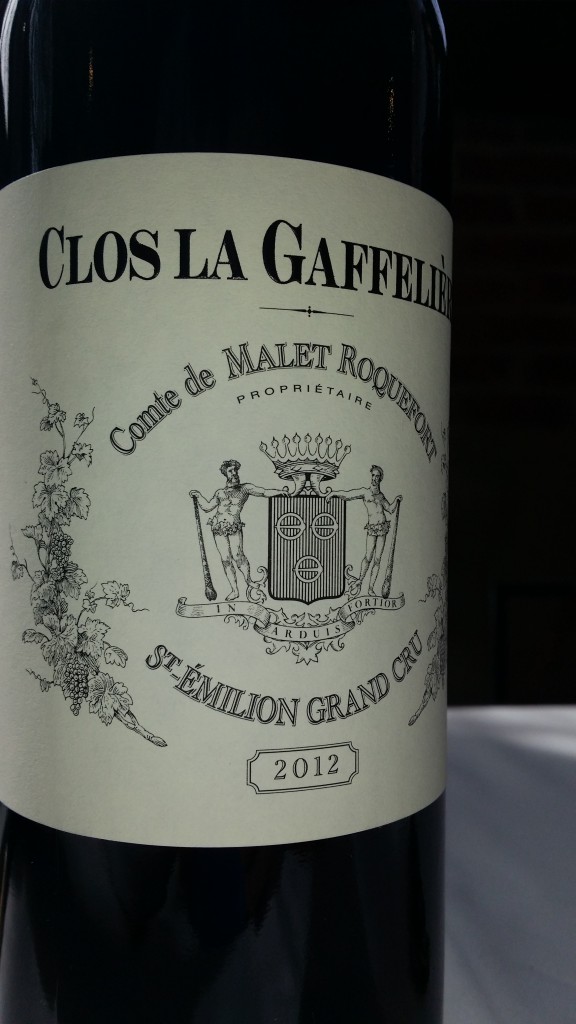
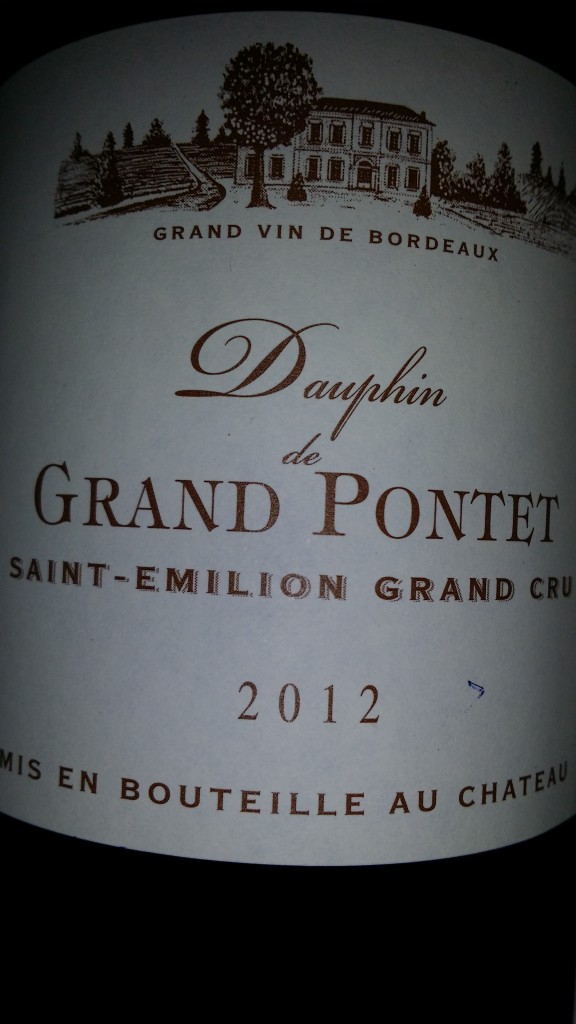
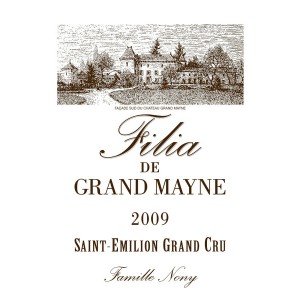
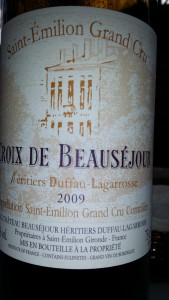
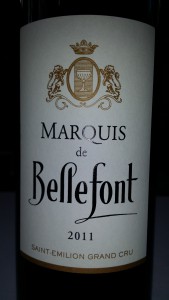
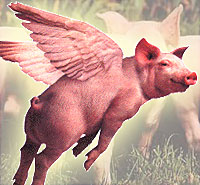
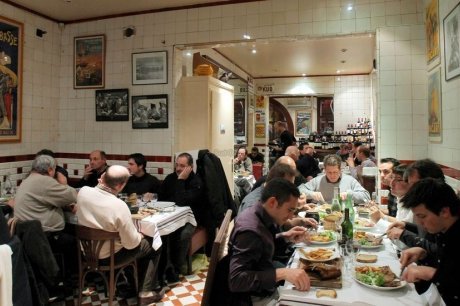

![44240_org[1]](http://www.bordeauxwineblog.com/wp-content/uploads/2015/08/44240_org1-225x300.jpg)


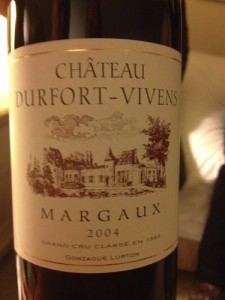

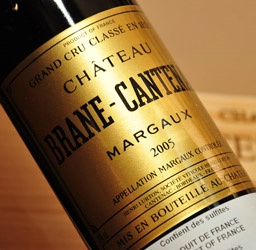
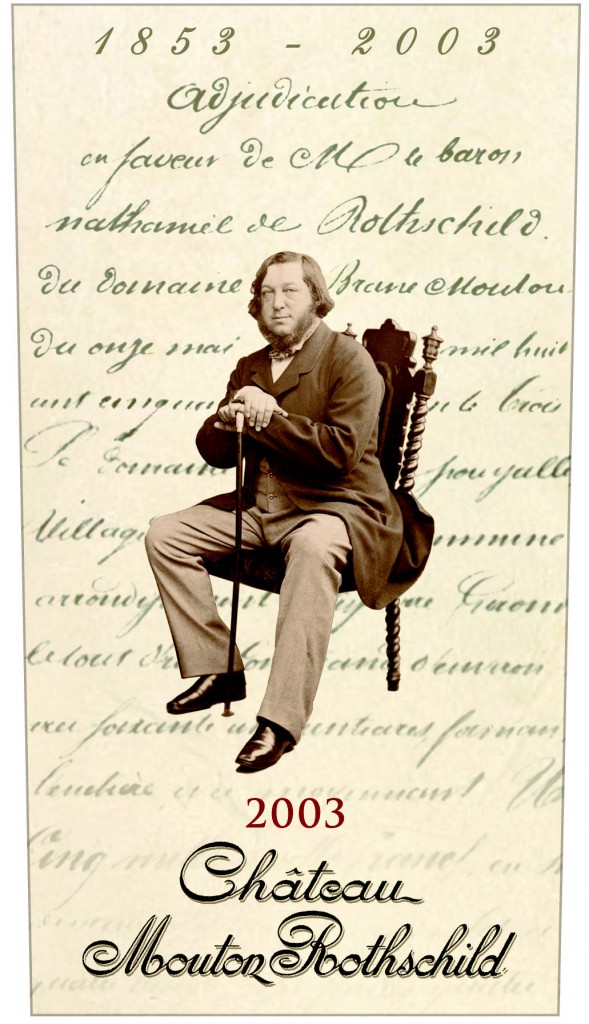
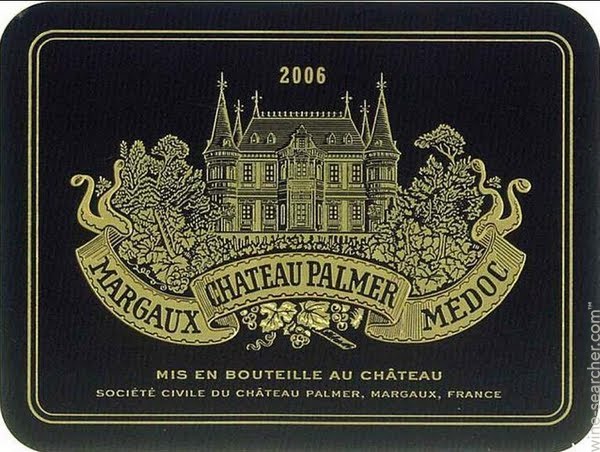

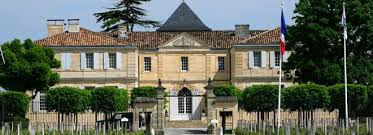
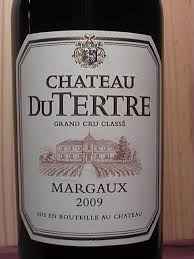
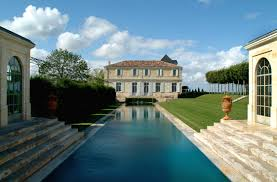

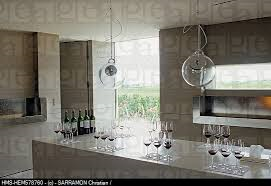
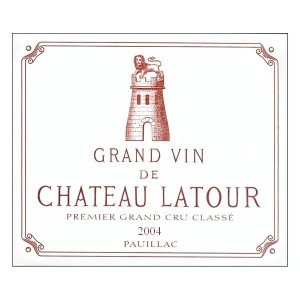
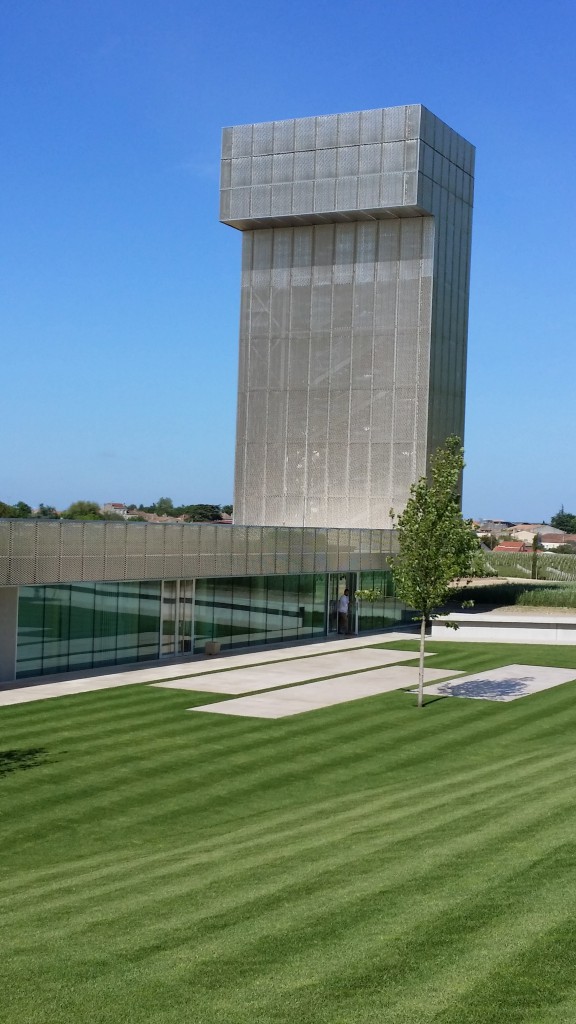
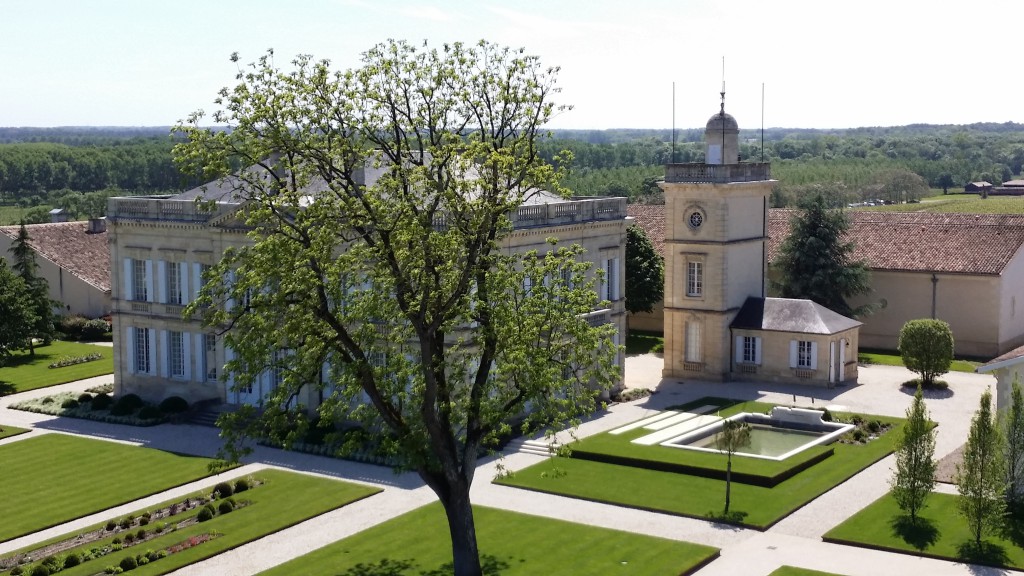
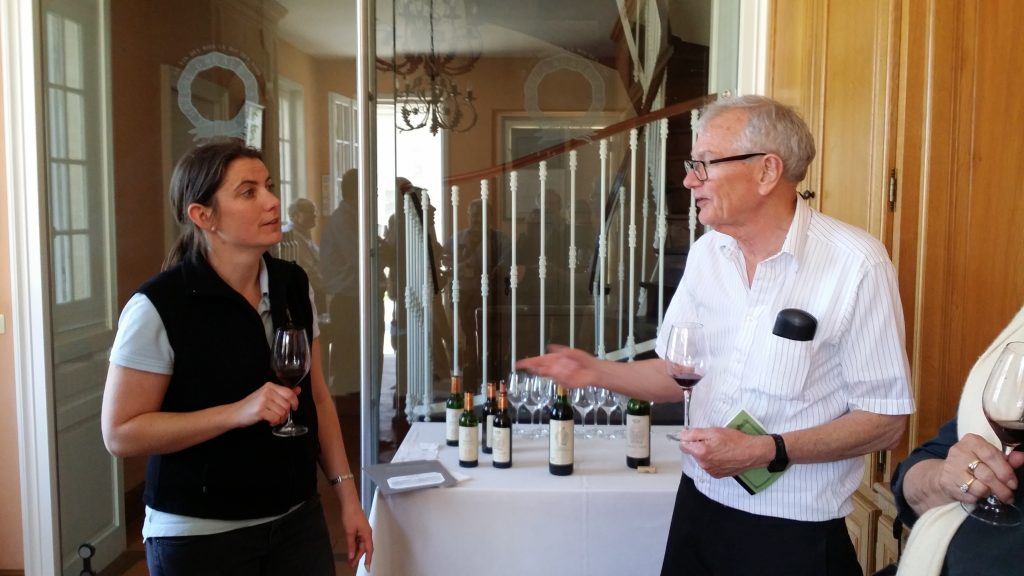
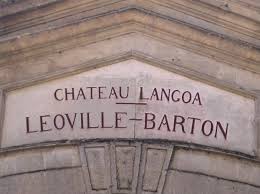
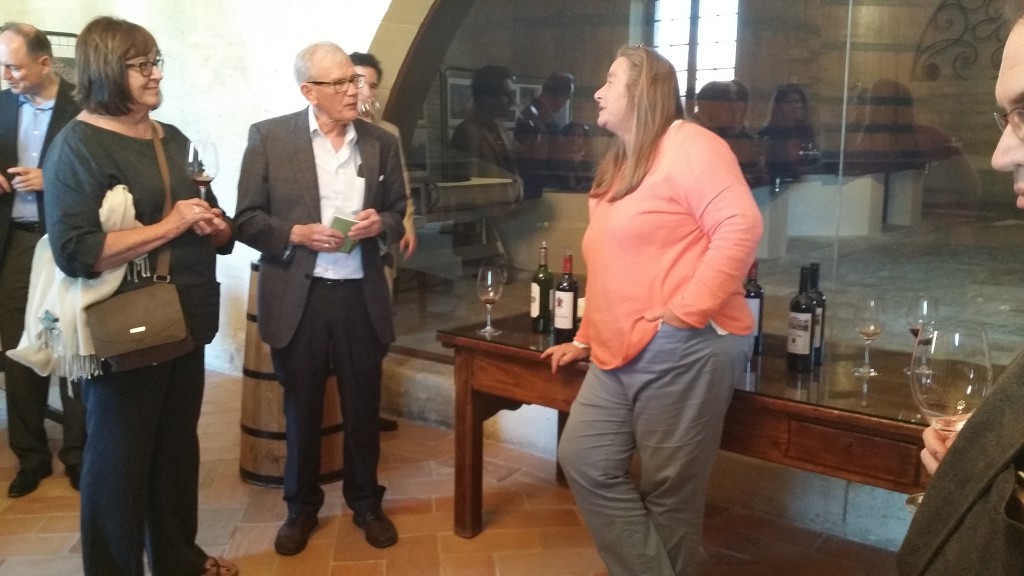
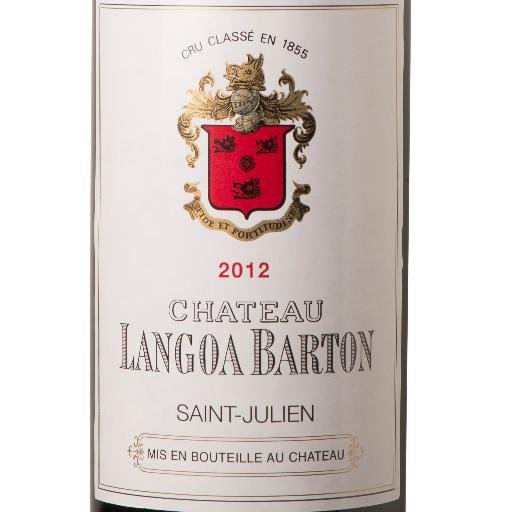
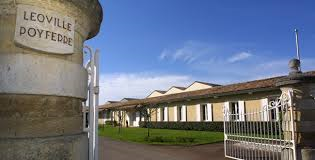
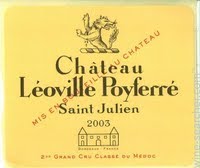

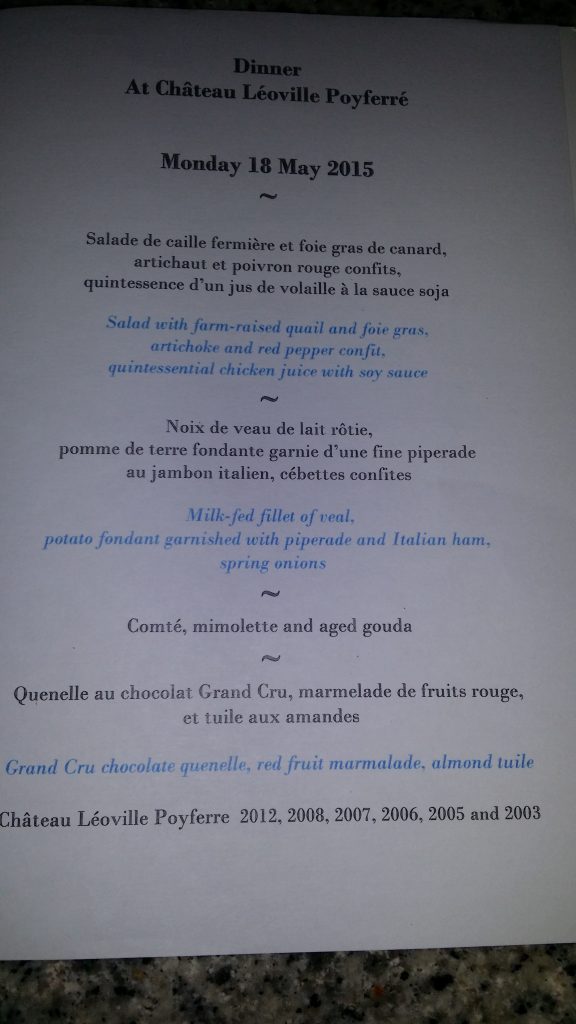
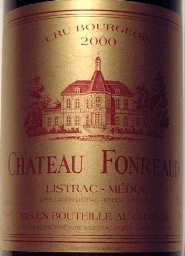
![20150107_084920[1]](http://www.bordeauxwineblog.com/wp-content/uploads/2015/01/20150107_0849201-e1420619619268-168x300.jpg)
![20150201_110514[1]](http://www.bordeauxwineblog.com/wp-content/uploads/2015/02/20150201_1105141-e1422858423771-168x300.jpg)
